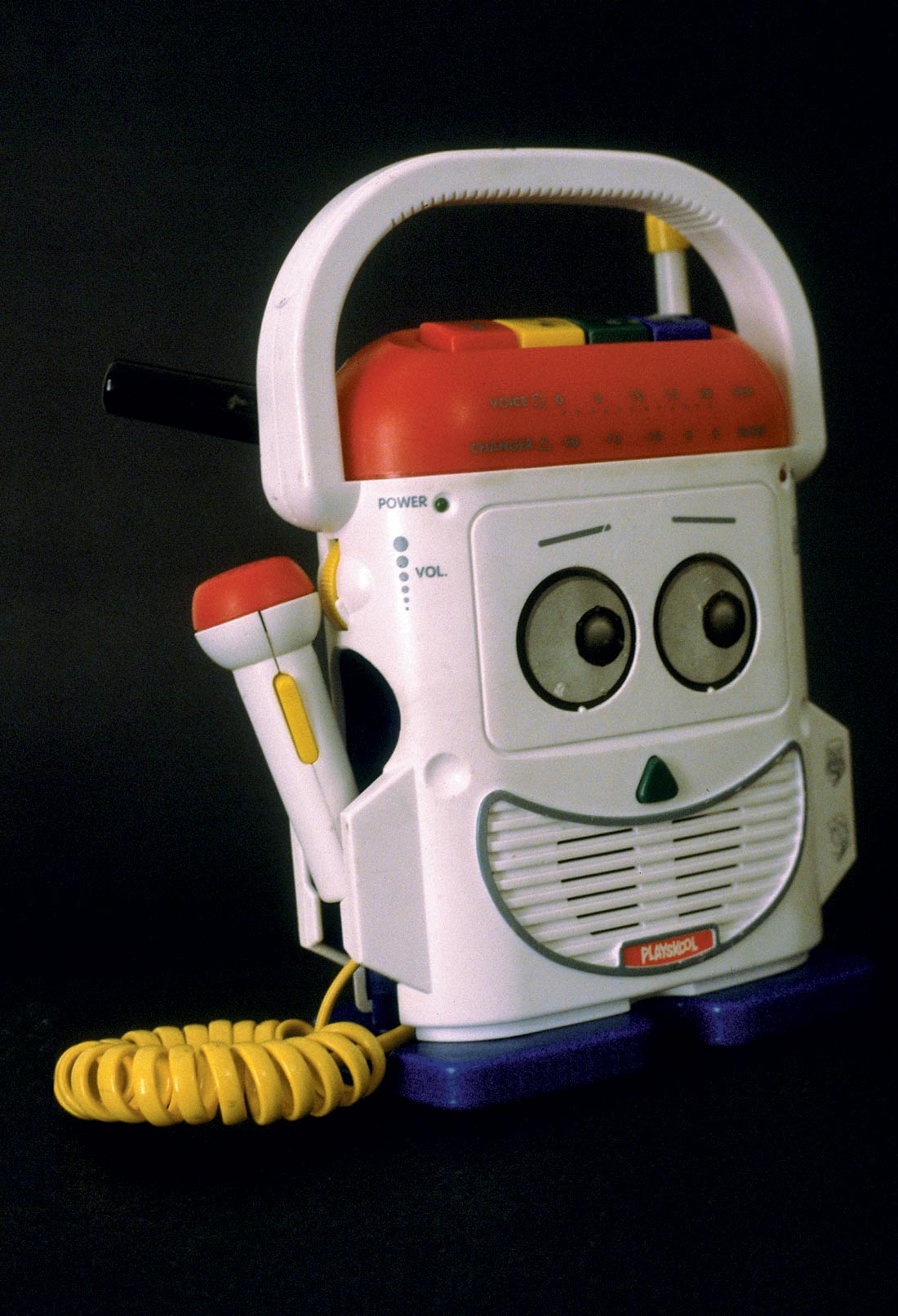You know how there are certain things that come in to your life and once they do you realize that you just can't live without them? That was the experience I had when I first heard the L2M Mastering Limiter/Expander from Requisite Audio Engineering. It seemed as if anything I ran through the unit just sounded better. 9 times out of 10 it did. Imagine using a compressor that sounds like you think a compressor should sound like. No dulling of the sounds, limiting without sacrifice to the program content, fullness without mud. Owner of Requisite Audio and original designer of the L2M design, Danny McKinney's philosophy was a simple one. He told me he remembered the first time he ran audio through an old Macintosh tube amp. "It just made everything sound better". Well let me tell you that Requisite hit the nail on the head with the L2M. It is so easy to use, two knobs do about 90 percent of the work. Peak Red/Exp for dialing limiting or compression (this works in conjunction with a toggle switch that allows you to choose from two ratios 3:1 for compression and 10:1 for limiting) and Output Level for make up gain. If this seems familiar you are right, think LA2A. However unlike the LA2A (which the L2M was modeled after) you not only get limiting and compression but you can also use the unit for program expansion for those over-"finalized" mixes. You also get a feature called Response Curve that allows you to change the frequency at which the compression will start. No more kick drum pulling down the mix. In addition you get 4 times the bandwidth of the original LA2A, down only -2 dB at 80 kHz, and in the same 3 rack space unit you get two channels as opposed to one, without the added features. The concept of optical compression is not a new one by any means. The LA2A, is the standard by which most opto- based tube limiters are judged. Requisite just brought this type design to the 21st century. Whereas there are a lot of compressors out there that can do a faster job they just don't sound as good. True that opto-type compression is not as quite as fast as say an FET or a VCA type compressor - those types of compressors are hard pressed to sound anywhere as natural as the L2M. This is by no means a slam to those other units. I believe that compression just like microphones and preamps need to be evaluated on a per job basis. What you are trying to achieve will often dictate what you need to use. In my own situation I use a Crane Song STC-8M (FET-PWM design) to control the peaks, the L2M (Opto) for overall compression and musicality and the Waves L2 (Digital) for sheer limiting and volume. However, I'm talking about mastering and this is not the only area where this unit shines. As a 2 bus compressor, bass guitar or vocal compressor this thing rocks, and will continue to rock for decades to come - with an ease of use that will not distract from the important matter at hand, capturing a performance. I know that some readers will be wondering why they should be interested in a piece of gear ($4500 retail) that they will probably never own. The fact of the matter is you never know where you will end up in this industry. You might just end up owning one of these puppies sooner than you think. The other thing is knowledge is power and most people new to recording get dismayed by the use of inexpensive/cheap compressors. They think it should sound different than it does. "Why did it suck the life out of my bass or vocal mix?" The L2M will let them know that they are right. Compression does not have to be used to the detriment of the music. Quality comes at a price but I consider the L2M to be a bargain when you consider the features and performance. Audition one as soon as possible. Just be ready for that "can't live without it experience" I mentioned earlier. You have been warned!
(www.requisiteaudio.com)




_disp_horizontal_bw.jpg)